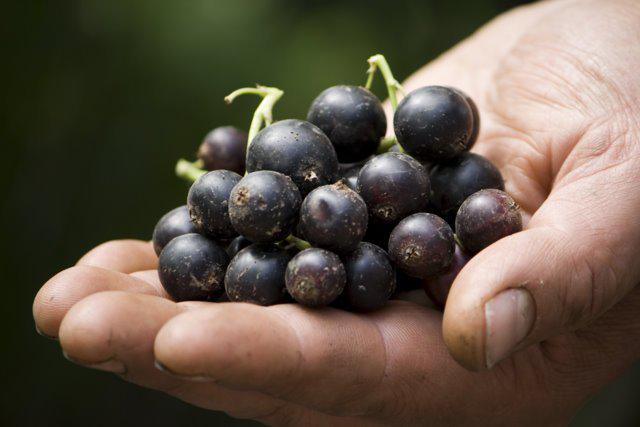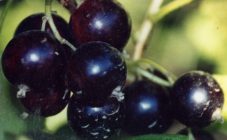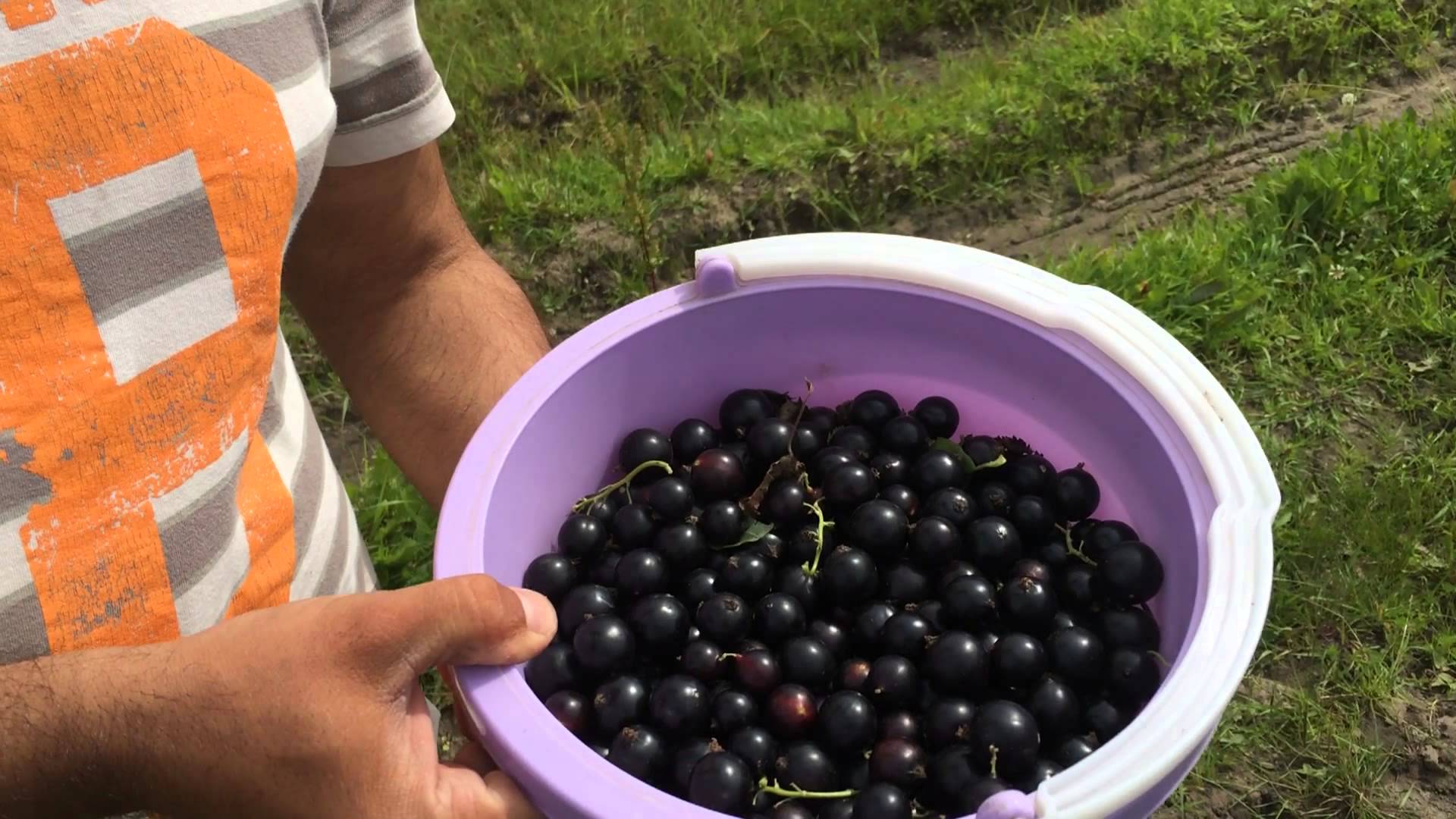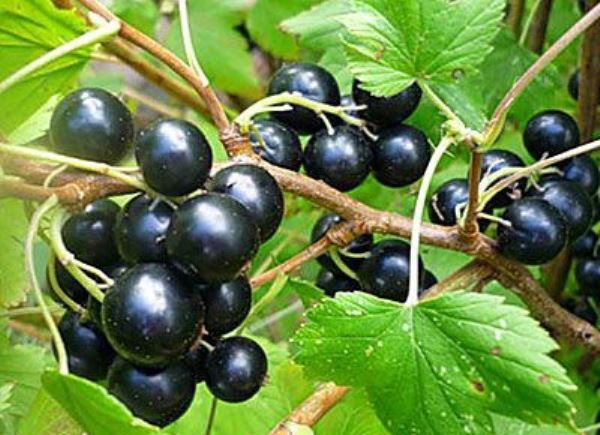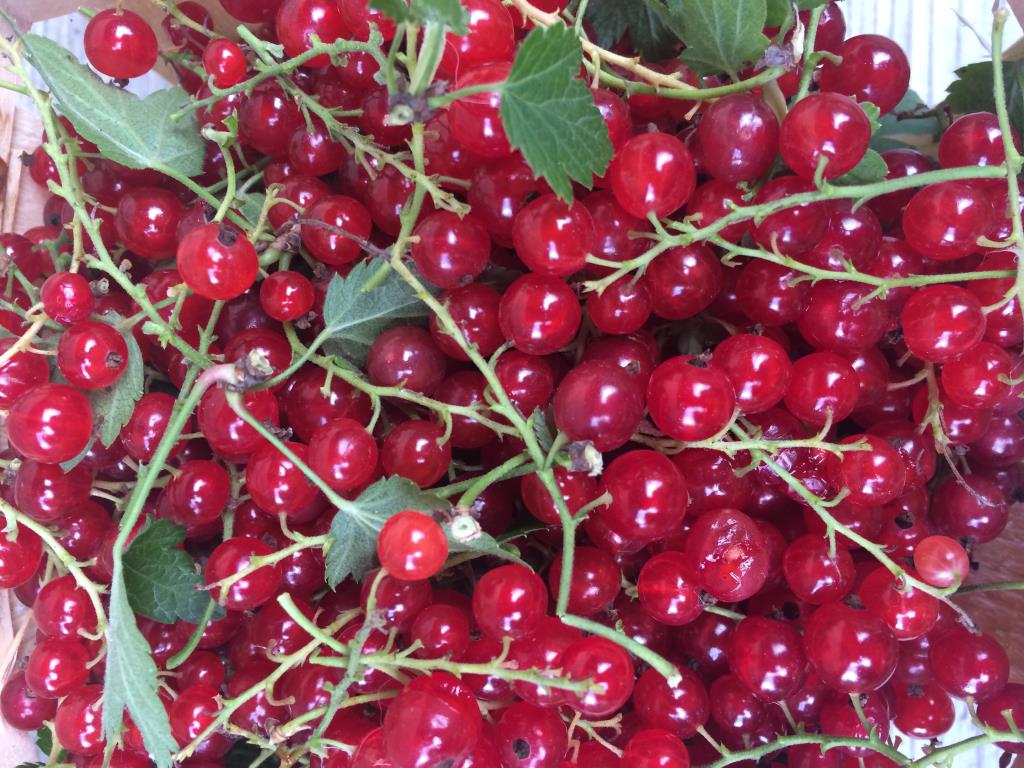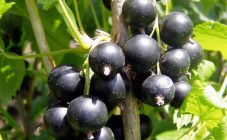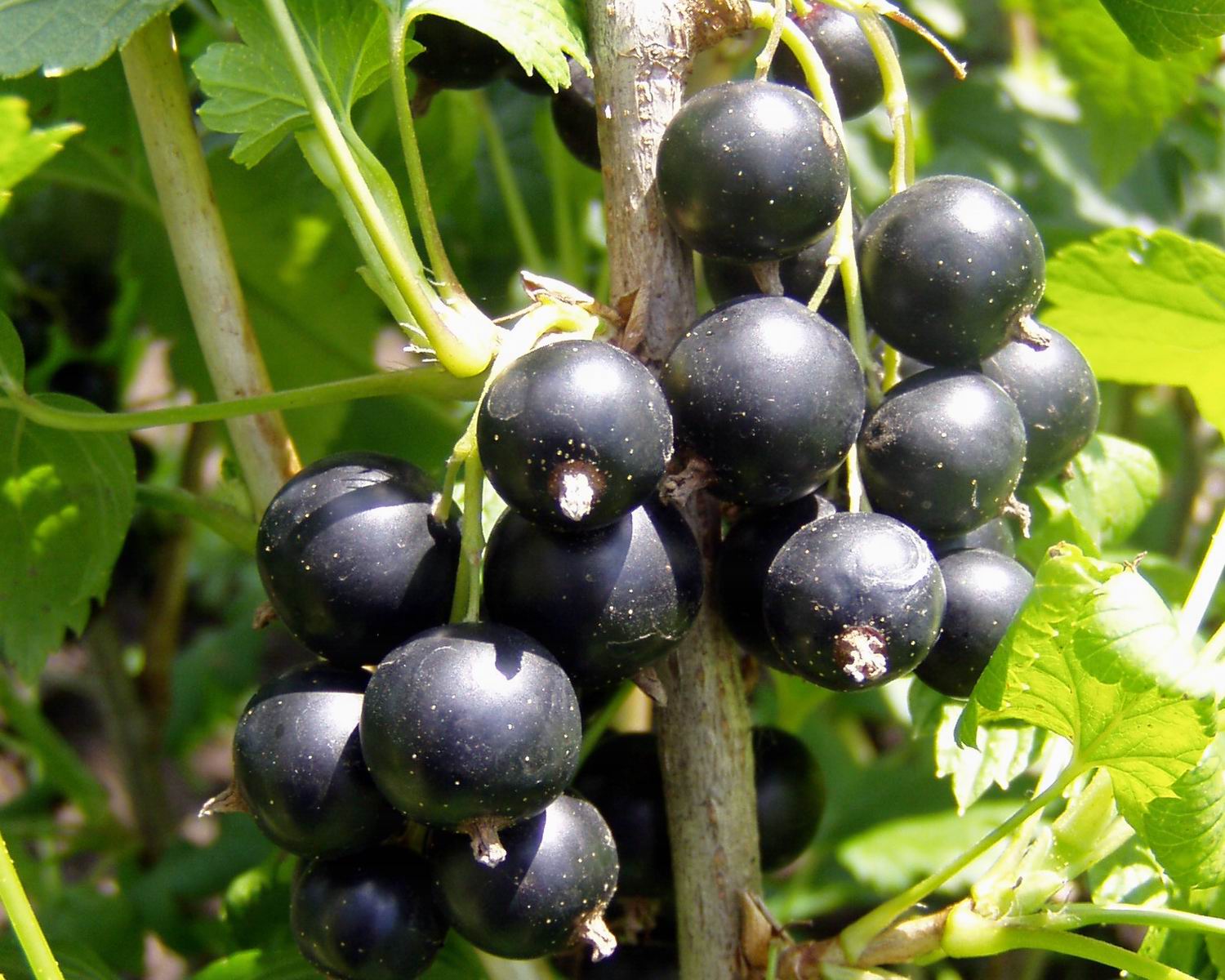Content:
Currant is a very popular berry among gardeners. It is distinguished by a variety of varieties, as well as an abundance of various forms and tastes. There are more sour varieties with a thin skin, and there are sweeter dessert berries with fleshy flesh and thick skin. Black currant in Russia is found in almost every area. This is an unpretentious plant that gives a rich and very valuable harvest, because black currant fruits contain a large amount of vitamin C and other important microelements.
Litvinovskaya black currant belongs to the development of domestic selection. Included in the State Register in 2008. The tests were carried out at the All-Russian Research Institute of Lupin by a team of breeders: Astakhov A.I., Markelova N.V., Zueva L.I. Scientists have crossed different varieties and forms to create a hybrid that tolerates harsh climatic conditions and produces sweet berries. Thus, from the combination of the Selechenskaya variety and the CH 6-28-105 form, Litvinovskaya currant appeared.
Characteristic
Litvinovskaya currant belongs to the early maturing varieties. Flowering begins in the second decade of May, and already in late June - early July, the harvest is ready for harvest. The bush is strong and tall, but not very sprawling, as the branches grow straight. The root system is highly branched, fibrous, lies at a depth of up to 0.4 m. The leaves are rather large, dark green in color with a jagged border and a pronounced texture of veins. At the cutting, the leaf is more brightly colored.
The flowers are usually lilac or light purple in color, arranged in groups of 6-11 pieces on one brush. The berries are round and slightly flattened. The skin is thick black with a glossy shine. The berries and leaves have a rich aroma. Active fruiting is observed for 12-15 years, the peak of the form falls on the sixth year of the life of the bush. The preferred growing regions are the Central and Black Earth regions, but resistance to frost and cold winters allows you to get a good harvest in the Urals, Siberia, and the North-West region.
Litvinovskaya currant: variety description
| Characteristic | Value |
|---|---|
| Productivity of 1 bush | 1.4 - 2.3 kg |
| Weight of 1 fruit | 2.9 - 4.5 g (large) |
| Bush height | 1.5 - 2.0 m |
| Vitamin C content per 100 g. | 82 mg |
| Sugar content | 0.07 |
| Number of fruits per bunch | 6 - 11 pieces |
| Ripening period | 1.5 months |
Growing technique
The choice of planting material
In order for the seedling to begin at the summer cottage in the first season, you need to contact proven nurseries and gardening shops. They are guaranteed to sell quality seeds and seedlings. At the time of purchase, it is worth carefully examining the roots and twigs of currants so that they do not have any spots, rotten spots and other unhealthy manifestations. A plant on which there are wounds takes root worse.
The seat should be located in a bright area, protected from drafts and wind. Also, bushes develop near tall trees with an airy crown, which gives an openwork shade. In such conditions, the soil does not dry out, and the currant loves slightly moistened soil.
Landing dates
In the southern regions, bushes can be planted both in spring and autumn, since the climate contributes to the favorable development of the root system. In the northern regions, it is better to plant currants in the spring, since after the autumn planting, the roots can freeze in severe frosts.In the spring, the seedlings need to be planted before bud break, otherwise the bush will not take root.
Landing
Planting of currant bushes is carried out in holes located at a distance of 1.5-2 m from each other, since the plant needs free space for good development. It will also be much more convenient to harvest if there is free access to the bush from all sides. The optimal size of the planting hole: width - 0.6 m, depth - 0.5 m. The bottom is lined with a layer of complex fertilizers: humus (10 l), potassium (50 g) and superphosphate (100 g). Sprinkle the fertilizer on top with soil, about 10 cm thick, pour warm, settled water (5 l). After the water is absorbed, the seedling is placed in the center of the pit at a slight angle, the roots are carefully straightened, but they do not need to be specially stretched. The hole is covered with soil, while the root collar is deepened by no more than 5-6 cm. The soil is tamped well and watered with another 5 liters of water. On top, you can pour a layer of peat mulch in 1-2 cm, it will maintain optimal moisture in the trunk circle and protect the roots from sudden frosts. Immediately after planting, pruning must be done so that the bush sprouts new shoots. All available branches are pruned to 5-6 buds. Pruning is done only on the outer bud, otherwise the branches will grow in the center of the bush.
Care
Caring for the Litvinovskaya currant is to comply with standard agricultural techniques:
- Watering depends on many factors: the age of the bush, the phase of development, climatic conditions and the presence (absence) of precipitation. The greatest attention should be paid to watering at the time of flowering, the formation of ovaries and when the berries begin to actively pour. During these periods, watering is required, the ground should be moistened 20-30 cm deep. If the region is dominated by a dry, sultry summer, then you need to water the bushes every week. The average water consumption is 10 liters for 1 bush;
- Loosening of the soil is necessary, currants are very fond of good air exchange. Most often, loosening is combined with weeding and watering. Water goes better into soft ground. It is not necessary to deepen the tool very deeply, since the roots of the currant are very thin, they can easily be injured. Moreover, they are not located very deep underground. It is necessary to loosen the ground at least 1 time per month from early spring to late autumn;
- Top dressing of currants in the first 2 years is not needed, since the bushes have enough nutrients that were laid in the hole during planting. Starting from 3 years of cultivation, you need to carry out 4 dressings per season. After the snow melts, the currants are fed with nitrogen fertilizers, as they help to grow new shoots and leaves. For a young bush, you need about 50 g of urea per bush. From 4-5 years old, this amount is halved and is applied with two dressings. The following dressings are done at the time of the formation and development of berries. Here we need compositions based on potassium and phosphorus, since these trace elements are responsible for the size and taste of the fruit. The last feeding is done in the fall to replenish the strength of the bush after the past season. Under each bush, you need to add 4-6 kg of rotted manure or compost. Organic matter not only fertilizes plants, but also serves as a mulch layer that protects the roots from cold weather. In addition to organic matter, you can add mineral components (potassium + superphosphate). Currants are very fond of feeding with boric acid. This substance not only increases the sugar content of the fruit, but also protects against pests. Consumption rate - 3 g per 10 liters of water. Siderates are excellent natural fertilizers. Peas and other legumes can be planted around currant bushes, as well as lupines. In the fall, these crops need to be mowed and dug up the entire territory along with the grass;
- Formative and sanitary pruning is essential for good shrub development and disease prevention. In early spring, it is imperative to remove all diseased, dry, broken branches. In the fall, when the foliage falls off, you need to cut off all the shoots that thicken the bush, remove the shoots at the root.The main bush should consist of 5-7 main trunks and 20 branches. All weak shoots can be safely removed, since they do not give a crop, and nutrients are taken away.
Diseases and pests
Most often, this variety is affected by a kidney mite. These are very small insects, 0.2-0.3 mm long, which lay thousands of eggs in the kidney sinuses and draw sap from plants. The buds become unnatural in size and shape, and the leaves dry out from lack of moisture and nutrients. For preventive purposes, the bush should be inspected for the presence of disproportionate buds and immediately removed. If there are a lot of such buds, then it is better to remove the entire branch and burn it. Pouring boiling water over the bush is a preventive measure. This should be done in early spring, before the start of sap flow. If the plant is in a phase of active development, then it can be sprayed with a garlic solution (100 g per 10 l). Treatment with chemicals is possible only after harvest, otherwise the berries cannot be eaten. Apollo and Nissoran do the best with the tick.
Advantages and disadvantages of the variety
| pros | Minuses |
|---|---|
| Very sweet fruits, therefore this variety is well suited for confectionery and dessert production | Poorly tolerates heat and drought |
| Easily tolerates sudden frosts | Attacked by a kidney mite |
| Suitable for growing in regions with frosty winters | |
| Has a high immunity against fungal diseases | |
| The berries are very convenient for picking, as they do not choke, and the brushes easily come off the branches | |
| High yield and marketability of fruits | |
| Well tolerates transportation | |
| Doesn't need pollinators (self-fertile) |
Litvinovskaya currant conquered gardeners with its sweet and rich taste. Subject to agrotechnical methods, the cultivation of this variety does not cause any trouble. It should be given a little more attention when grown in arid conditions.
